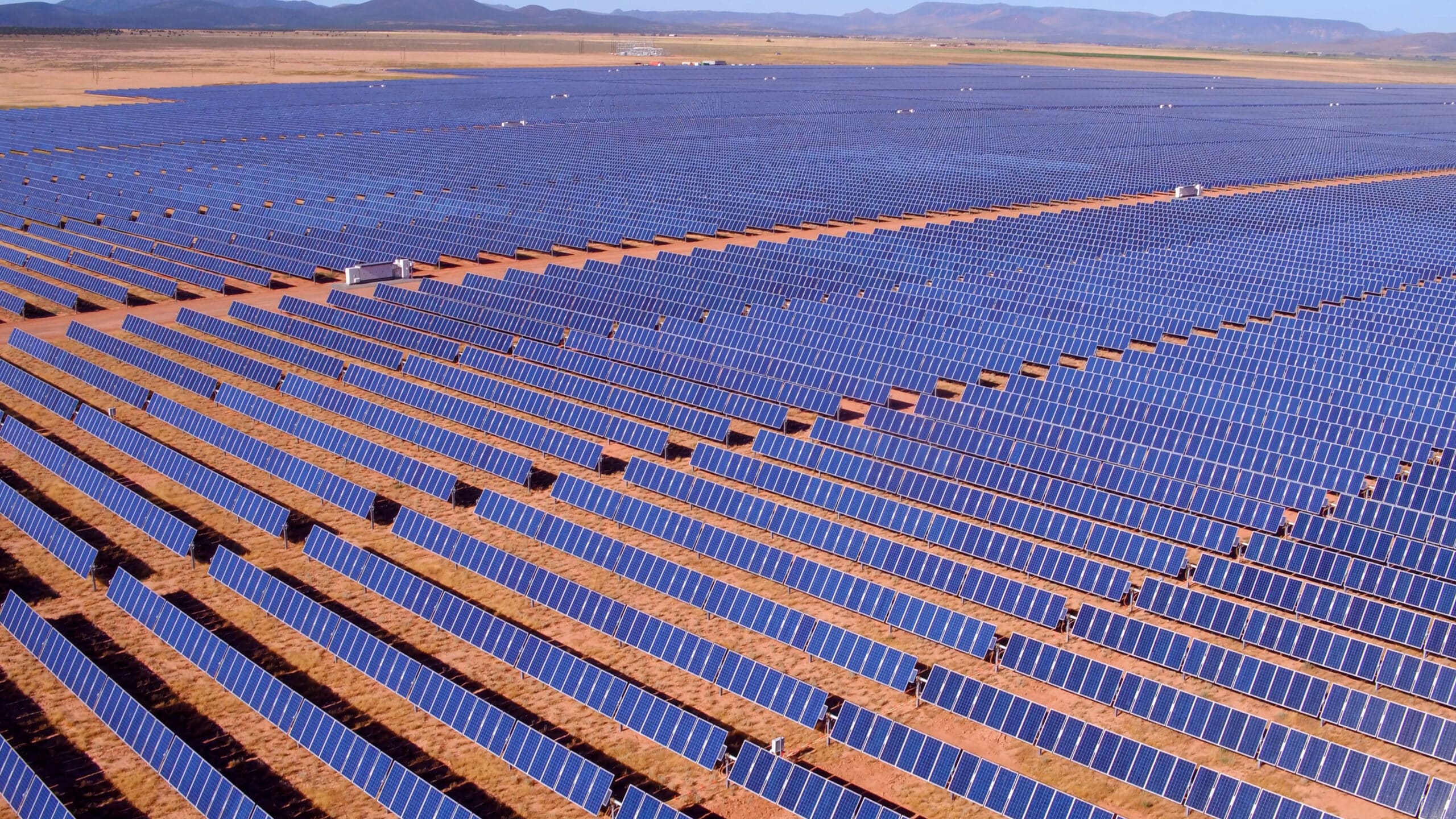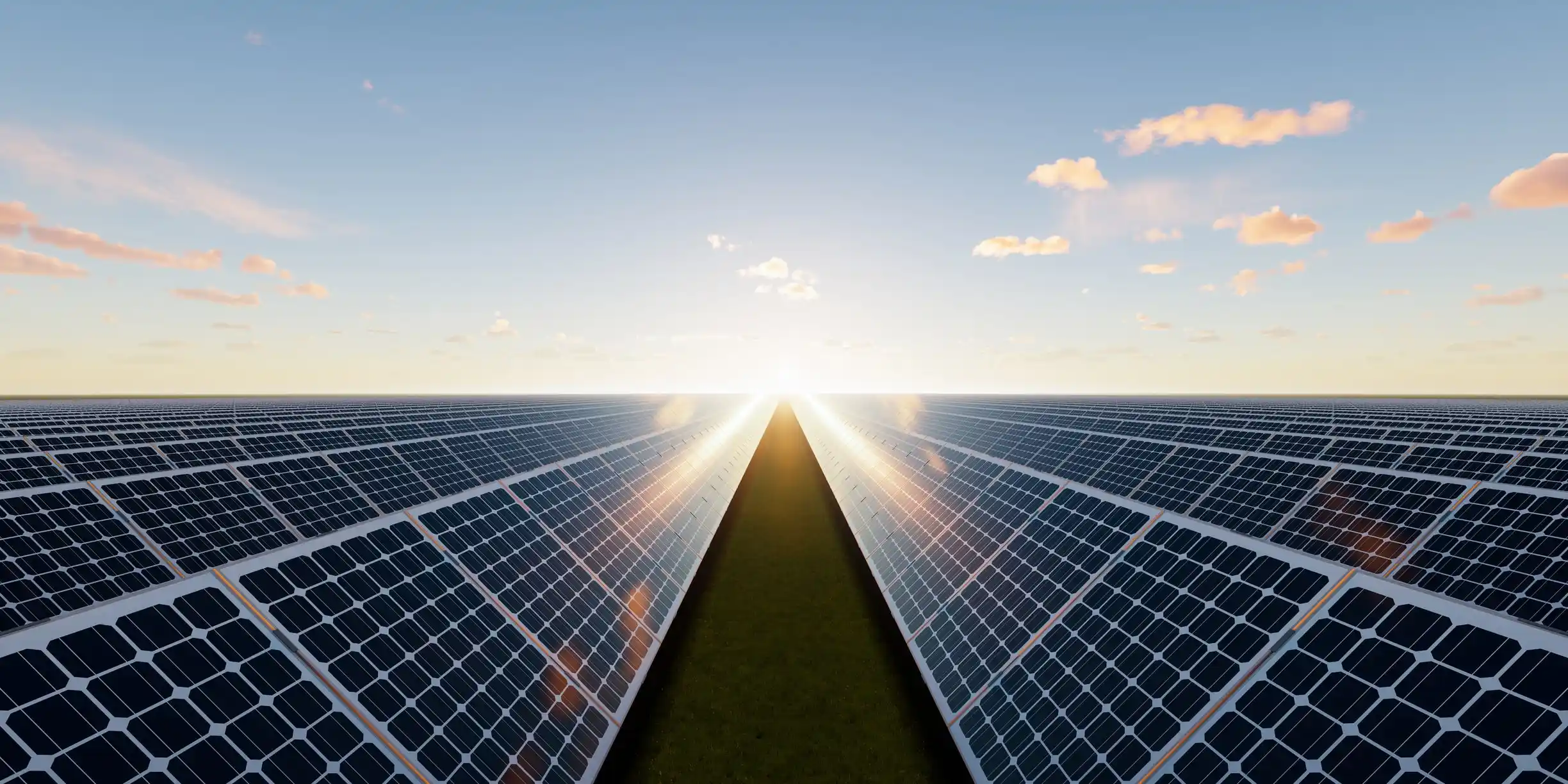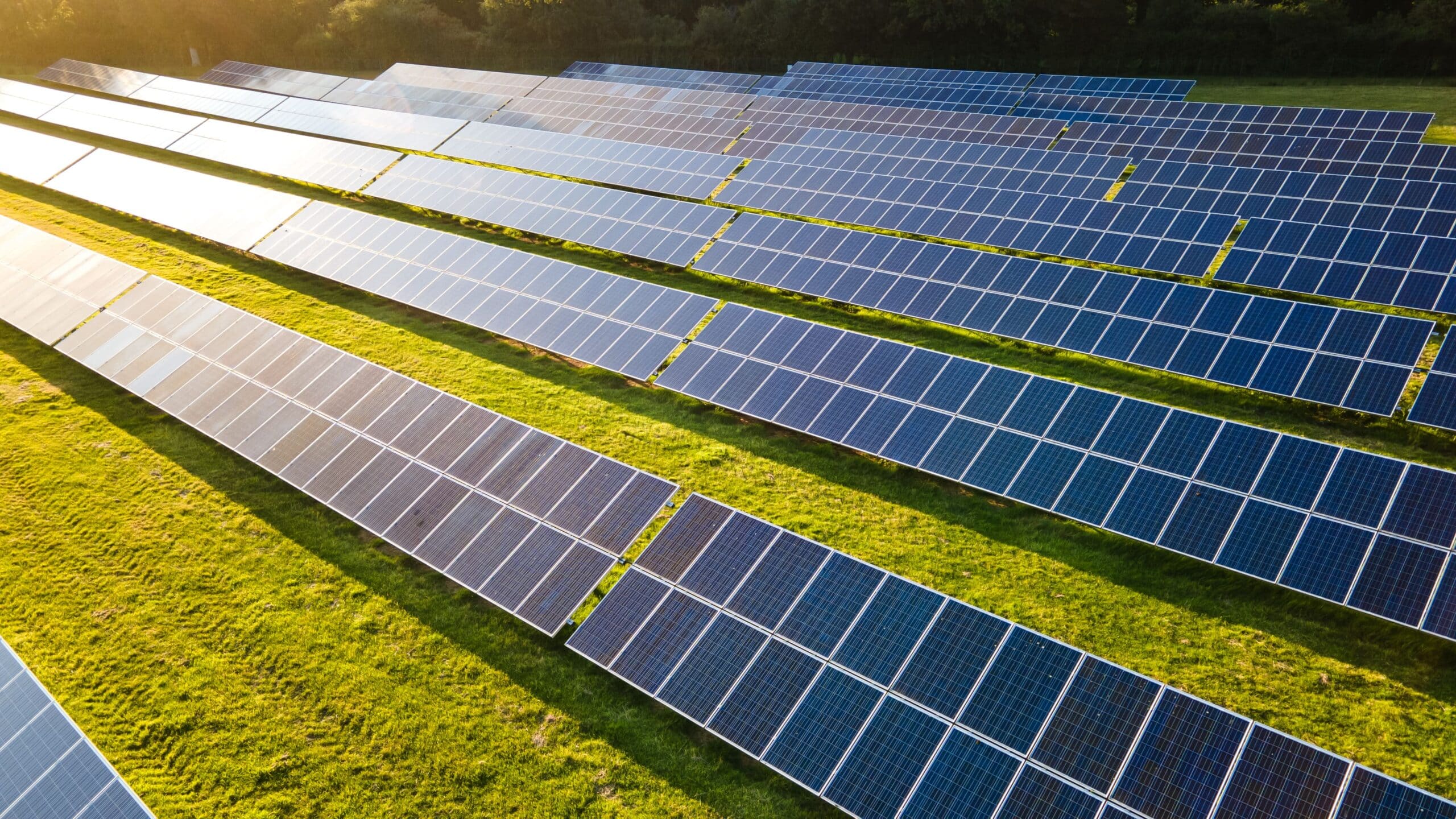POSTED
March 29, 2024
Environmental Impacts of Utility-Scale Solar: Top 10 Process Questions People Ask
In today's world, there's a growing interest in investments that not only make money but also make a positive impact on the environment. Shasta Power understands this well. We don't just offer opportunities for accredited investors to earn passive income. We can also diversify their portfolios while supporting renewable energy.
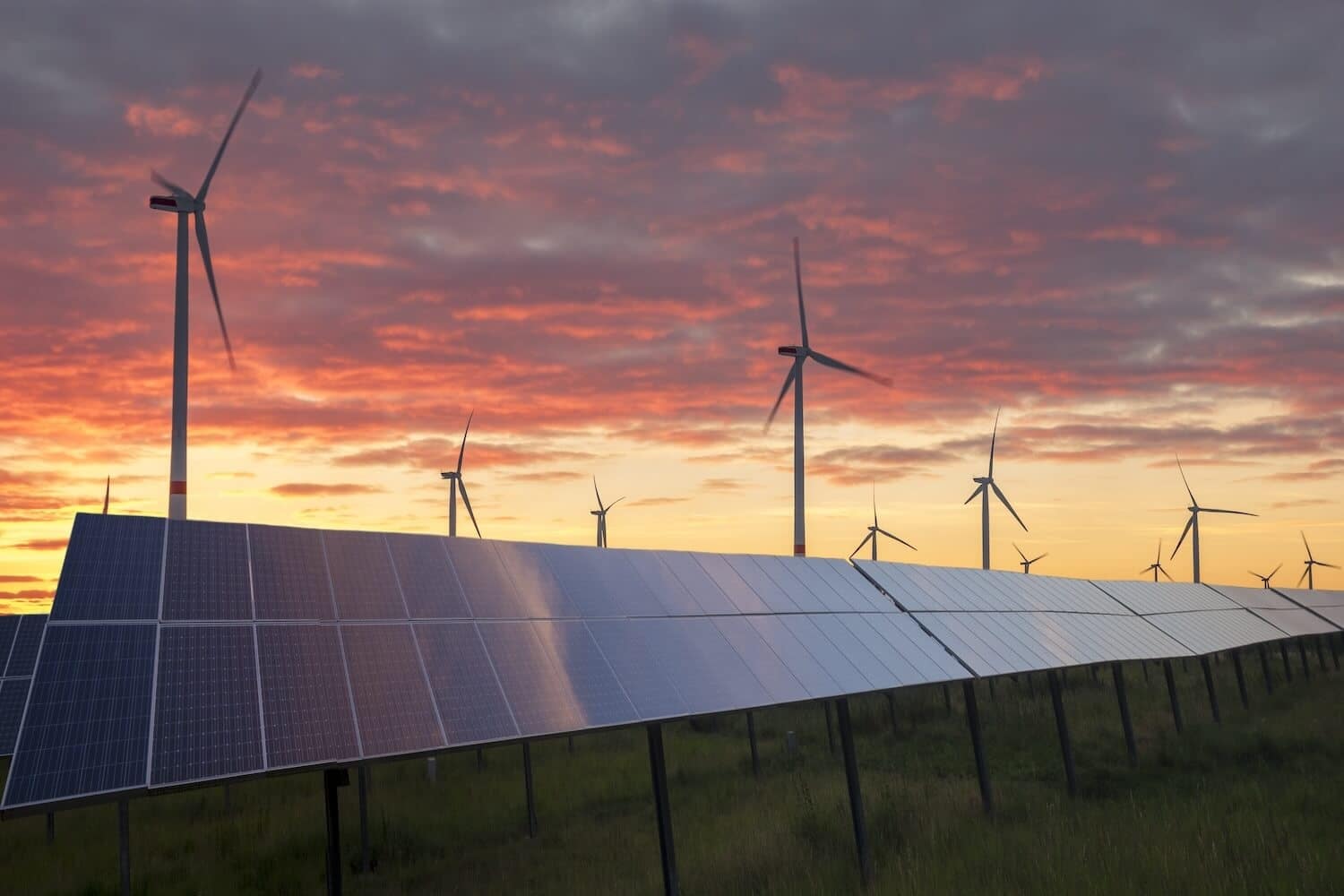
In today’s world, there’s a growing interest in investments that not only make money but also make a positive impact on the environment. Shasta Power understands this well. We don’t just offer opportunities for accredited investors to earn passive income. We can also diversify their portfolios while supporting renewable energy.
As more investors look for options that align with Environmental, Social, and Governance (ESG) criteria, utility-scale solar stands as an attractive choice. In this article, we’ll tackle the top 10 questions often asked about the environmental effects of utility-scale solar. We’ll also provide insights for ESG investors considering opportunities with Shasta Power.
Understanding Utility-scale Solar: Unveiling the Potential for Secure Investments
Utility-scale solar farms are renewable energy investments that are shaping a sustainable future. These large-scale solar installations convert sunlight into electricity on a massive scale. They have a vital role in shifting towards cleaner energy sources.
Over time, these investments have proven to be resilient, offering consistent returns. With Shasta Power’s Summit Power Fund, accredited investors can take advantage of this stability. They benefit from the long-term potential of utility-scale solar. They can generate passive income while supporting sustainable initiatives.
Utility-scale solar aligns the goals of investors that are profit-driven, and those focused on making a positive impact. These investors focus on steady returns and long-term growth. Utility-scale solar offers a way to make money and contribute to a more sustainable world. Utility-scale solar links financial objectives and environmental awareness. This secure investment avenue appeals to a wide range of investors.
Top 10 Common Questions about Utility-scale Solar Projects
1. How does utility-scale solar work to generate electricity at scale?
Solar panels are essential components in this process. They contain semiconductor materials, often silicon, which capture sunlight. When sunlight hits these panels, it triggers a process called the photovoltaic effect. This effect causes the semiconductor material to release electrons, generating an electric current. This is the basic mechanism behind solar energy production.
Once solar panels produce direct current (DC) electricity from sunlight, inverters step in. Inverters are devices within the solar system that convert DC electricity into alternating current (AC). This is the type of electricity used in most homes and businesses. The conversion ensures compatibility with the electrical grid.

Utility-scale solar farms play a crucial role by integrating into the electrical grid. Solar farms are located in sunny areas with enough space. The electricity they generate is fed into the grid. This allows solar farms to provide power to communities and regions. Helping reduce fossil fuel reliance, and promote the shift towards renewable energy sources.
2. What are the specific environmental benefits of investing in utility-scale solar energy?
Solar energy is renewable and leaves a tiny footprint on the environment. Fossil fuels are limited resources and release harmful pollutants when burned. Solar power relies on endless sunlight and creates no pollution during its production.
Investing in utility-scale solar reduces fossil fuel use and fights climate change. We need to swap out old-fashioned energy sources like coal and natural gas with clean solar power. We need to lower the carbon emissions produced and lessen negative environmental impact.
Utility-scale solar power directly helps reduce greenhouse gas emissions. Solar energy systems make electricity without burning fossil fuels. So, they lower the amount of greenhouse gasses released into the air. This is a step toward tackling climate change.
Solar energy also has low water usage compared to traditional power sources. Coal and nuclear power plants need tons of water for cooling. But, solar energy production uses very little water. This helps save this precious resource and safeguard water ecosystems.
3. How long is the typical lifespan of solar infrastructure in utility-scale projects? And what maintenance is involved?
Solar panels are tough and can last a long time. Made with materials like silicon and tempered glass, they often stay in good shape and are warrantied for 25 to 30 years or more.
Many things affect how long solar panels last. The quality of materials used, like how pure the silicon is and how tough the glass is, is important. Also, new technologies keep improving panels, making them last even longer.
Keeping solar panels well-maintained is crucial for keeping them working well. Regular checks and cleaning helps spot and fix any issues early on. These checks include cleaning off dirt and dust that can make panels less efficient.
Maintenance matters for how well solar panels work and how long they last. Solar operators ensure utility-scale solar projects run smoothly and efficiently for years to come. The best way to do this is by taking good care of them and fixing problems quickly.
4. How does weather impact solar energy production? What measures are in place to address potential challenges?
Different weather conditions affect solar energy production. Sunny days are best for generating lots of energy, but cloudy weather or storms can reduce output. Seasonal changes also affect production, with more sun in some seasons and less in others.
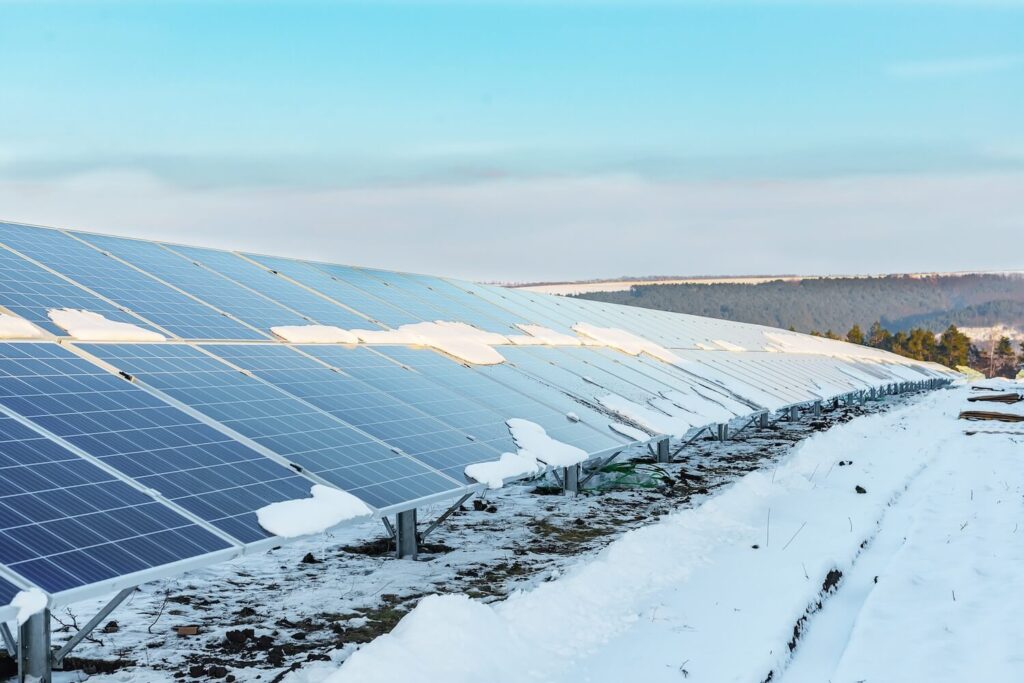
To handle these challenges, solar operators use a few strategies. Spreading solar panels across different areas helps balance the effects of local weather. Operators also use advanced weather forecasts to predict changes and adjust production.
Energy storage is key to managing fluctuations in solar power. Batteries store extra energy from sunny days to use later when there’s less sunlight. Backup systems connect to the grid or use other power sources. They provide support during bad weather or when solar panels aren’t producing enough.
5. What are the potential risks and rewards of investing in utility-scale solar projects?
Changes in government policies or energy markets can affect these investments. Investors need to stay informed about market trends and regulations.
Each project has specific risks. Like finding suitable land, getting permits, and connecting to the grid. Construction delays or issues can also impact costs and timelines.
Despite these risks, utility-scale solar projects offer substantial returns over time. Solar energy production is consistent, making it a reliable source of income for the project owner. For investors in the Summit Power Fund, the longevity of the eventual project is leveraged to deliver large early returns for investors before a solar development is even built!
Investing in solar projects also aligns with sustainability goals by reducing carbon emissions. Plus, they promote cleaner energy sources. Utility-scale solar investments provide strong returns and support environmentally friendly practices. Investors can make informed decisions that benefit both their wallets and the planet.
6. What is the regulatory landscape for utility-scale solar? And how do government incentives contribute to the viability of such investments?
Utility-scale solar projects follow rules set by the federal government and individual states. These rules cover things like environmental impact studies, permits for using land, and connecting to the power grid. Meeting these rules is essential for the projects to succeed.
Government incentives are a big help in making utility-scale solar projects financially viable. These incentives include tax breaks, grants, or other financial perks to encourage the use of renewable energy. For example, a federal tax credit called the Investment Tax Credit (ITC) lets solar investors deduct some of their costs from their taxes. This credit can lower the project expenses and make the investment more profitable.
States might also offer mandates, like Renewable Portfolio Standards (RPS) or performance-based perks. These incentives give financial support based on the energy the solar project generates.
Incentives boost the financial side of utility-scale solar projects. But, their impact on investor profits may vary. Tax breaks and grants can help cut project costs, which is good for profitability. How much they affect investor returns depends on several factors. Like how big the project is, financing, and how much tax the investor owes.
7. How crucial is professional management in ensuring optimal performance and returns from utility-scale solar investments?
Professional management is key throughout the entire process of development planning for a solar project. Starting with choosing the right location to build, and gaining community investment, skilled managers are essential for ensuring a solar farm runs smoothly.
Utility-scale solar projects are complex. They need people with specific knowledge to handle them. These professionals understand how solar technology works. They know the ins and outs of energy markets and are experts in managing projects. They deal with tasks like getting permits, ensuring the system runs efficiently, and managing finances.
Professional management ensures that utility-scale solar projects operate at their best and help investors get the returns they’re looking for from their investments.
8. What level of liquidity can investors expect from utility-scale solar projects? And how flexible are they?
Utility-scale solar private fund investments aren’t like stocks or bonds. You can’t buy and sell them whenever you want. They’re “illiquid,” meaning your money is tied up for a while. Investing in projects like Shasta Power’s Summit Power Fund, means you commit to keeping your money in there for a while—at least 4-6 years. This might sound risky, but it also means you could get some big rewards in return.
Balancing long-term commitments with short-term cash needs is important for investors. Solar projects offer great long-term benefits, but you need to think about your financial situation and how soon you might need your money back before investing.
9. What are the tax implications of utility-scale solar investments? How can investors optimize for tax efficiency?
ESG investors focus on environmental, social, and governance factors. Understanding the tax side of solar investments is important. Tax credits and grants may or may not impact an investor’s returns. They make utility-scale solar projects financially attractive for developers, indirectly benefiting investors.
Utility-scale solar projects offer several tax advantages. Developers can take advantage of tax credits, deductions, and other incentives. This way, they enhance the financial appeal of these projects. Tax credits allow developers to reduce their tax bill based on their investment in solar projects. Deductions enable them to subtract certain expenses from their taxable income. Developers may benefit from cash grants or property tax breaks. These benefits further enhance the financial attractiveness of solar projects.
10. How can utility-scale solar contribute to portfolio diversification?
Putting money into utility-scale solar balances the ups and downs of other investments that can swing with market changes. But solar projects are influenced by things like energy demand and government rules. This means they don’t always move in the same direction as other stocks. This can lower risk and boost portfolio performance.
Investing in utility-scale solar also lets you spread your money across different kinds of investments. By putting money into various industries, you’re not putting all your eggs in one basket. Solar projects offer a different way to invest your money, which protects you if one part of the market takes a hit.
Plus, including utility-scale solar in your portfolio can make it more stable. Solar investments tend to be less risky than other stocks, which can have big price swings. Having solar projects in your mix can help smooth out the bumps and give you steadier returns over time.
Attractive Solar Farms Investment Opportunity: Shasta Power’s Summit Power Fund
Shasta Power has a solid history and impressive accomplishments since it started. They’ve shown they can originate world-class solar farms and are projecting substantial returns. So investors can feel confident in Shasta Power’s ability to handle sustainable investments.
Investing in the Summit Power Fund is pretty simple. You can get started with just $50,000 and invest in existing solar projects. This means you don’t have to worry about managing the projects yourself.
One of the best things about investing with Shasta Power is hands-free passive income. When you invest in the Summit Power Fund, you’re investing in potential future income from solar energy.
Solar Development Conclusion
Utility-scale solar projects present a compelling opportunity for investors. Shasta Power has a track record of stability. We present the potential for reliable returns and contributions to sustainable energy practices. So we offer a unique avenue for diversification and long-term growth. As you consider your retirement goals and risk preferences, Shasta Power’s Summit Power Fund becomes prudent.
Shasta Power’s mission is to transform traditional energy sources into renewable ones. Shasta Power investors benefit financially and contribute to a cleaner, greener world.


